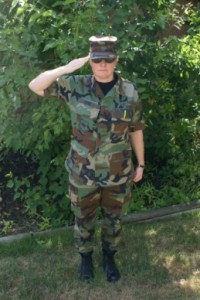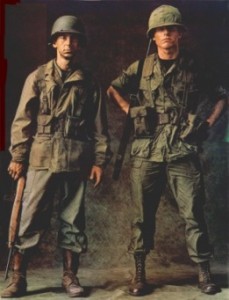 Summer’s almost over and I find myself languishing in writer’s hell. The kids here in Kentucky are getting ready to go back to school, and I personally feel I have little to show for it in a literary sense. Sure, the first six months of the year I was busy publishing three new books, but after June, things got blurry. Where had my focus gone? How could I get it back?
Summer’s almost over and I find myself languishing in writer’s hell. The kids here in Kentucky are getting ready to go back to school, and I personally feel I have little to show for it in a literary sense. Sure, the first six months of the year I was busy publishing three new books, but after June, things got blurry. Where had my focus gone? How could I get it back?
It’s hard juggling two very different careers. Farming requires a lot of outdoor work, while writing is usually reserved for the relative peace of my office—although having six dogs in the house means it’s never truly quiet! And then there’s a new other factor: my husband and I decided to expand the poultry side of our farm business. So I’ve spent the last three-plus months dealing with baby chicks, ducks, and turkeys. Oh, sure, they look adorable and everyone wants to cuddle them, but they are A LOT of work. Collecting eggs, checking incubators, feeding, cleaning, rotating into larger homes, and finally hoping the rest of the flock will accept them, is a time sucking task. I’ve spent more hours covered in feathers and poop than pounding out my next great masterpiece. Continue reading “Fighting for Focus”


 Our last episode discussed
Our last episode discussed  So, let’s say you’re interested in writing a Vietnam-era war novel. You know, something along the lines of Forrest Gump or Platoon. Most of your character’s time will be spent in the bush. So what did they wear during combat? Combat forces (all branches) were outfitted in what was called “fatigues.” They were simple OD (olive drab) uniforms that were intended to resemble foliage found in most temperate regions of the world. Soldiers would enhance their uniforms with dirt, soot, dust, mud, and sticks of foliage stuck here and there to help break up their outlines. These are the predecessors to what became BDUs (Battle Dress Uniforms). The OD duds were used in 3 wars until the BDUs replaced them.
So, let’s say you’re interested in writing a Vietnam-era war novel. You know, something along the lines of Forrest Gump or Platoon. Most of your character’s time will be spent in the bush. So what did they wear during combat? Combat forces (all branches) were outfitted in what was called “fatigues.” They were simple OD (olive drab) uniforms that were intended to resemble foliage found in most temperate regions of the world. Soldiers would enhance their uniforms with dirt, soot, dust, mud, and sticks of foliage stuck here and there to help break up their outlines. These are the predecessors to what became BDUs (Battle Dress Uniforms). The OD duds were used in 3 wars until the BDUs replaced them.